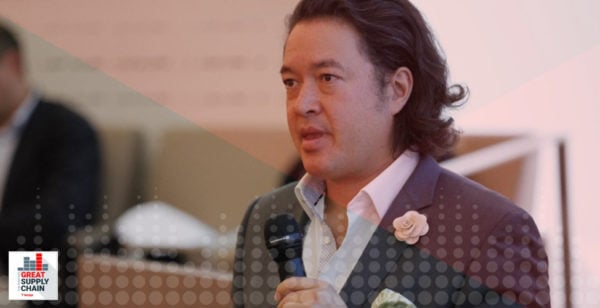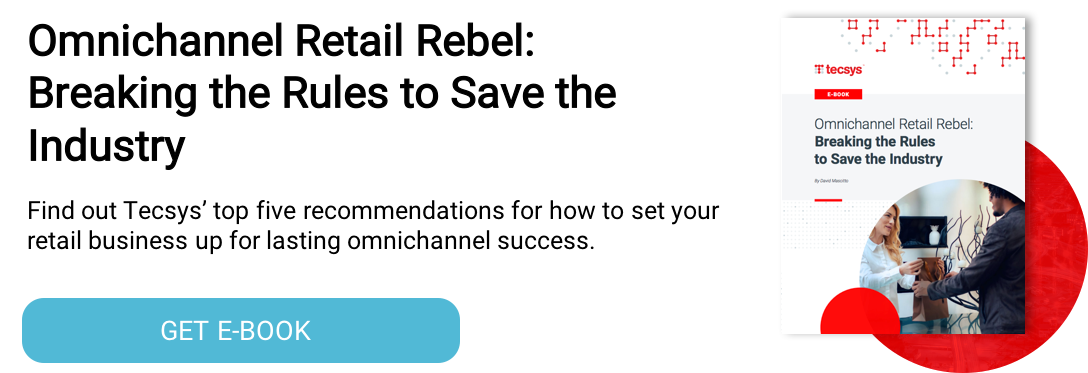
The great toilet paper shortage of 2020 was the moment when Guy Courtin’s mom understood what he did for a living. It was only when supply chains broke down on a global scale did the function of supply chain management become so clear.
But that’s kind of at the core of supply chain, isn’t it? It’s this enormous global engine that does its very darndest to stay invisible at all costs. We invest in people, technology and infrastructure so the end consumer gets what they want, when they want it, none the wiser to the cogs turning behind the scenes — or behind the glowing screen.
Today is the launch of The Great Supply Chain Podcast, and in one of our first episodes Bill Denbigh and I sit down with Guy to delve into retail supply chain convergence; this notion that retailers and brands are very much playing on one another’s turf and forcing each to think and act like the other.
Layered on top of the end consumer’s evolving order fulfillment expectations, Guy explores the real challenges that retailers and brands face in stitching together a seamless shopping experience:
“When I started in supply chain, the internet was just starting to become a thing. All of a sudden, we had unfettered access to the world; we could put anything online, market it, sell it and take payment for it. But what we forgot was that if I sell you something, I still have to get it to you. The digital part is easy — or easier — nowadays; but if I’m taking your hard-earned money for my product, I have to make sure that I can get that product to you anywhere in the world at the cost and in the timeline that I say I can. We realize very quickly that that part of the equation still needs a lot of work.
See at the end of the day, stitching together the digital world and the physical world is still very hard to deal with. There are still physical constraints; I can’t move a TV set any faster than I can drive a truck down the road or physically manufacture it. Consumers expect us to know exactly what they can buy and when (and how) they can get it. A polished front-end is only as valuable as the engine that powers the latter part of that transaction. And that’s what we need to focus on if we’re going to be competitive.”
3 Key Takeaways
1. Complete an Assessment
Do a thorough assessment of your partners, your supply chain system and all your capabilities. You must be realistic about how fast you can fulfill your customer’s orders.
2. Be Transparent
Be transparent and overcommunicate with your customer. For example, if I’m a midsize brand maybe you can’t fulfill orders in two days, and that’s OK. Be open and talk to your customer. Let your customer know, “Hey, we’re going to fulfill your order in seven days.”
3. Embrace the Evolution of Retail
The customer does not differentiate when they are talking directly to the brand, to the retailer or to a wholesaler — they expect the same brand standards. Embrace this opportunity and build a strong relationship with your end customer through digital and through your system.
In the past, there were clear lines between traditional retailers and manufacturers. Today, the lines have blurred as retailers launched private label brands, and traditionally retailers pursued direct-to-consumer (DTC) services. For example, Costco sells different brands and markets their own Kirkland brand, which now accounts for approximately 25% of their revenue. So, what is Costco — a retailer or a producer?
This episode of The Great Supply Chain Podcast is available to listen to now. Download and subscribe on every streaming platform.




